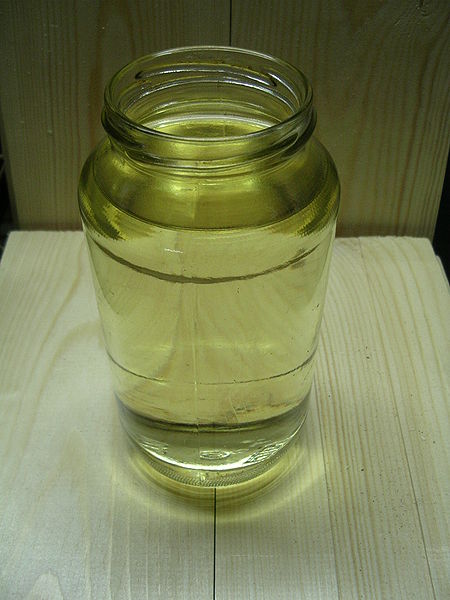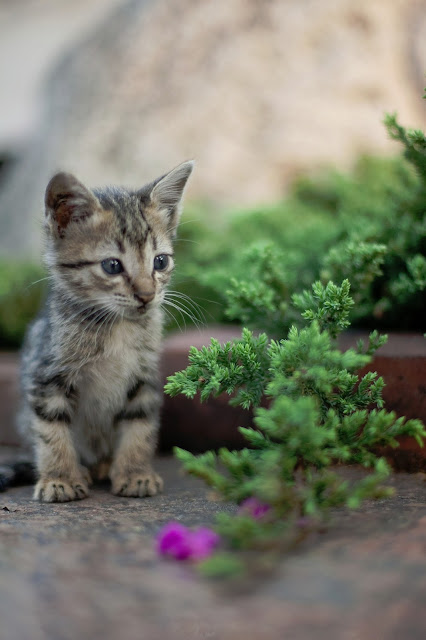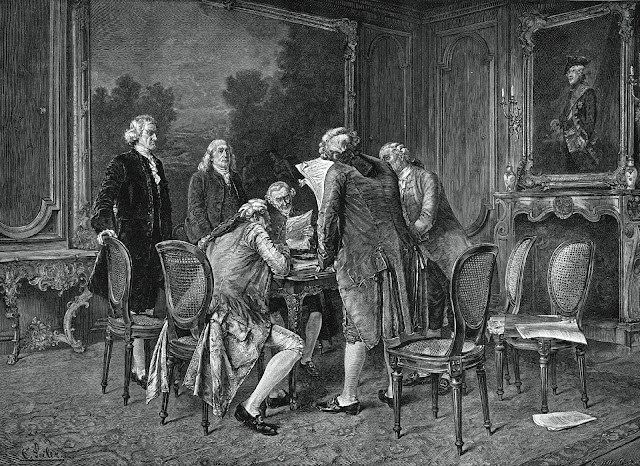I'm just going to come right out and say it: rubber duckies made one of the most important contributions in history to the study of ocean currents. Yes. Those rubber duckies. The little yellow ones that squeaked at you in the bathtub back in the days when running around the neighborhood in a diaper didn't get your name entered into any ominous registries.
 |
| No, I said I wanted to embrace my inner child! |
Their celebrated contribution to oceanography began on January 10th, 1992, when a storm near the International Date Line in the southern Pacific Ocean caused several containers to unexpectedly part with the cargo ship carrying them. One of them belonged to The First Years, Inc., a toy company that manufactures the Friendly Floatees brand of rubber duckies.
In fact, that very container carried 28,000 floating toys, chief among which was the yellow rubber ducky. The container somehow opened, the cardboard boxes disintegrated in the salt water, and the 28,000 toys began an arduous journey all over the world.
 |
| Ha ha, Science! |
That's where Curtis Ebbesmeyer and James Ingraham come in. Ebbesmeyer and Ingraham are oceanographers, and in the early 1990s they were hard at work mapping out ocean currents. I don't know if you've ever tried mapping invisible movements under a cavernous body of water that covers 71% of the planet, but I imagine it's about as easy as painting an exact replica of the Sistine Chapel while wearing a blindfold and having never seen the original.
 |
| Except bigger. |
When Ebbesmeyer and Ingraham, with their comically complicated surnames, caught wind of the rubber ducky story, they sprang into action. If, by "action," you mean "they waited until someone mentioned finding a random rubber ducky on a beach somewhere." That very thing happened about ten months after the incident in Alaska.
For decades now, the two scientists have been working closely with beach-combing communities (which, apparently, is a thing) to find out where in the world these rubber duckies are going. They use the information to map out the incredibly diverse natural highway of the world's oceans. As recently as 2007, they've been turning up in places as far-flung from the original incident as Chile, New England, and even Western Europe.
 |
| Can we all agree that the ocean's currents should be called The Ducky Lines? |
If you're ever walking on the beach and happen to come upon a sun-bleached rubber ducky or beaver, a blue turtle, or a green frog, chances are you're looking at something that traveled around the world and became one the most important toys in the history of climate science.
Holy shit.






















